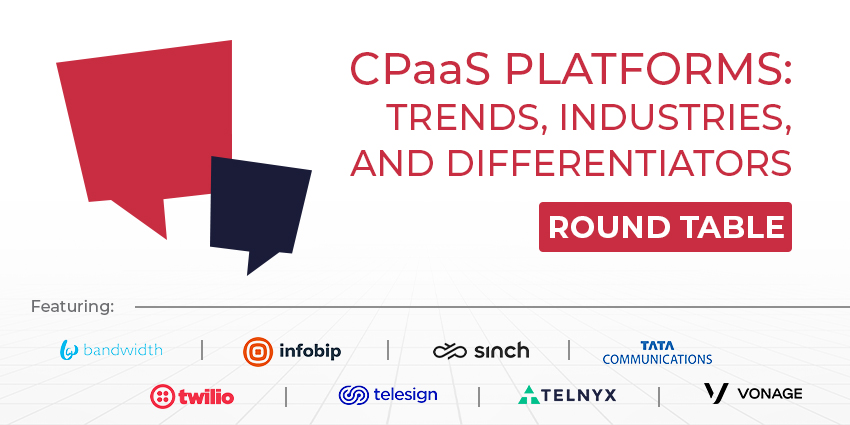Pretty much every office you walk into these days seems to have a mural of words on the walls. Things like: integrity, customer first, transparency and creativity.
Company values are starting to feel almost too fashionable these days, yet values are a key part of a company’s DNA and its brand, and always have been. They differentiate your business, should inspire great behaviours, and align your team and future hires around specific actions in order to be to the company you want to be, and achieve the goals and vision you aim to reach.
But some nice plaques on your walls are simply not enough when it comes to values. In fact, I suspect most of the companies involved in some of the biggest corporate scandals affecting various sectors and institutions over recent years did in fact have ‘values’. So what went wrong?
Sadly, they were just words on paper or on the walls. From hiring and training to performance reviews and how you manage people and work together, values and their corresponding behaviours need to be embedded in all that you do as you hold yourselves and each other accountable for living and breathing these ideals.
More importantly, it’s not just a one-time exercise. Embedding is continuous – behaviours need to be established and constantly reinforced.
You should continuously listen and get feedback in order to quickly identify if things go off course. There are many forces that can, in fact, weaken a great culture. Every growing business risks hiring the wrong people, communication challenges grow as you have more staff and more locations, and M&A or international growth can bring different company and national cultures into play. Old practices and processes may no longer be fit for purpose. Clarity of strategy, vision and values may blur.
So, how do you go about continually embedding once you’ve defined the values and behaviours you aspire your organisation to have? Here are some suggestions:
1. Map out your employee and customer journey
Map out your employee journeys and customer journeys (and other key stakeholders as applicable) to identify various touchpoints and focus on key processes and practices where you can reinforce values and behaviours.
For example, in the recruitment process, how do you evaluate whether or not potential employees exhibit the values or behaviours you wish to hire for?
Interviews should include situational questions which help to assess required behaviours or demonstrate examples of living specific values. A former COO of Coca-Cola I know interviewed potential candidates in restaurants outside of the office. The whole concept was designed to see how they treat the waiter or waitress. He said you can see more about their values than by sitting in an office.
On paper, a candidate might seem like the perfect person, but you need to understand how he or she will interact and set the example for a team of 1,000.
What sort of guidelines do you give your call centre team? How do you go about showcasing this? Continually educating, training and giving specific examples of expected behaviours and actions is key.
2. Model your values and behaviours
Your leadership needs to be clear about the behaviours and actions they need to uphold and provide role models for these to the organisation. As a leader, they are looked up to, so if they aren’t living the values of the company, you can’t expect the broader team to.
As part of onboarding, you might consider partnering newcomers with a leader or a mentor who is recognised by their peers and managers as star employee in order to set the tone and give new joiners the chance to more closely observe the behaviours you aim for the organisation to have.
3. Ask the team to contribute ideas to encourage commitment
In developing ways to embed values and programmes, your people should be given opportunities to weigh in, to help build ownership and commitment.
As part of a workshop we at Culture Engineers ran, we conducted a prize draw, based on similar principles from Daniel Kahneman’s (Israeli-American psychologist) famous lottery ticket experiment.
We gave half the attendees a random number from one-100, and the other half a blank piece of paper where they could write any number they chose in the same range. Shortly before revealing the winning number, we offered to let anyone who was assigned a number, the chance to write their own number. The rational answer in these sorts of experiments, of course, is that there really is no difference, given a draw is pure chance, thus each number has the same odds of winning. However, several in the group wished to trade out their number. When we asked why the answers were things like “we have to take control” and “already had a number in mind”.
Sharing stories is a great way to embed your values. From onboarding videos to company newsletters, quarterly meetings and team meetings
This illustrates a reality of human nature: when we choose for ourselves rather than being passive recipients we are more committed to the outcome. So, by encouraging people to take ownership and asking them for ideas of how to put the values into practice, it increases the chance that they will commit to bringing the values to life.
In one instance, when rolling out a new recognition programme, we facilitated a group of employees to help develop the recognition programme for staff globally rather than have the HR team rolling a programme out on their own.
The employees came up with a prestigious award based on recognising recipients for traits and actions aligned with core values (the nomination had to have specific examples of how they were doing this). The previous winners were the ones who reviewed the applications and selected the new recipients each time, as well as presented the awards (as it was deemed they were worthy of selecting a winner having already been recognised as a star employee).
4. Consistently share stories of your values in action
From onboarding videos that highlight stories of how people have lived and breathed the core values of the organisation, to company newsletters, quarterly meetings and team meetings sharing stories is a great way to embed your values.
And, I guess, why not put them up on the wall too, just be sure they aren’t in fact just words on the wall!
Checklist
Where have you embedded your core values?
- CEO support and management team behaviours.
- Recruiting and hiring.
- On-boarding.
- Training.
- Performance appraisals.
- Promotions.
- Employee recognition.
- Customer call centre and front line sales.
- Stakeholder relationships (suppliers, partners, clients, etc.).
- Perks and benefits (non-monetary rewards).
- Incentive compensation.
- Internal communications.
- External communications.
- Internal monitoring and audit.
- Policies (expense, travel, secondments, etc.).
- Contracts.
- Office environment.
- Employee departures.
- Restructuring.
- Alumni programmes.
- Other.







